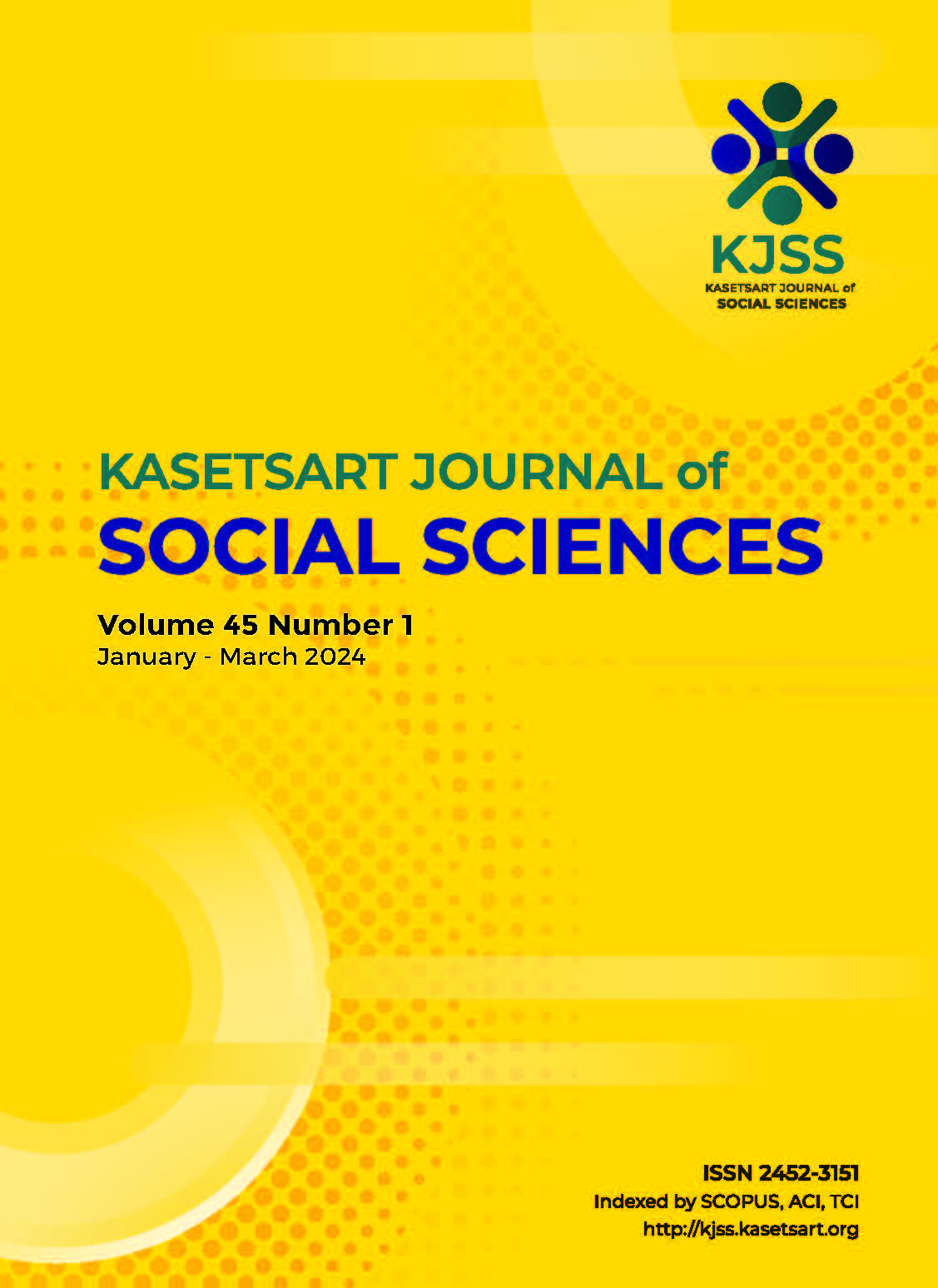Needs and trends of guidance services in primary education in Thailand
Keywords:
guidance needs, guidance trends, guidance services, primary education, ThailandAbstract
The objectives of this study were to study the needs, trend, and to compare the needs of 5 guidance services of educational, career, and personal and social guidance services at the primary school level in Thailand. The mixed-method research model was used to collect both quantitative and qualitative data. The research samples are 20 primary school guidance specialists, 400 primary school students, and 200 primary school teachers. The study findings revealed that: (1) The overall need for guidance services of elementary school students was at the highest level. The personal and social and career aspects were at the highest level while educational service was at the high level. Guidance experts expressed that educational guidance services were for students to know and understand themselves in terms of education, how to study happily, know career information, interests, and professional aptitudes, and know a variety of professions including personal and social aspects according to their desirable characteristics; (2) The overall trend and by specific aspects in guidance services in elementary schools were all at the highest level, whereby guidance specialists expressed that there was a tendency for elementary school guidance to become more important in individual inventory service, a tendency to use technology to collect information. There was a tendency for technology and information to become more diverse and complex. Consulting services tend to provide more consulting services including parents and guardians. Individual Inventory and Information Services tend to use technology to collect more information increasingly while Counseling Service needs are at a personal and social level. There was a tendency for personnel placement services to focus more and more on individualized learning management. The monitoring and evaluation services tend to use technology to collect data and use the evaluation results to develop more efficient guidance work; and (3) Males needed more guidance services than female students with those in Grades 1–3 needing guidance services more than in Grades 4–6 with a statistical significance at the .05 level.
Downloads
Published
How to Cite
Issue
Section
License

This work is licensed under a Creative Commons Attribution-NonCommercial-NoDerivatives 4.0 International License.
This is an open access article under the CC BY-NC-ND license http://creativecommons.org/licenses/by-nc-nd/4.0/










